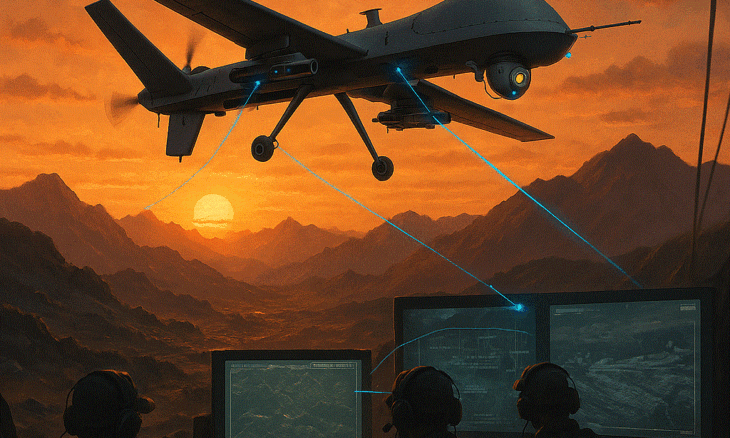
In the rapidly evolving landscape of defense and surveillance technology, ISR drones—short for Intelligence, Surveillance, and Reconnaissance drones—have emerged as indispensable tools. These unmanned aerial vehicles are designed to gather real-time data, monitor environments, and support strategic decision-making across military, law enforcement, and disaster response operations.
ISR drones are equipped with advanced sensors such as high-resolution cameras, thermal imaging systems, and infrared detectors. These capabilities allow them to operate effectively in diverse conditions, including night-time missions and GPS-denied environments. Unlike consumer drones, ISR platforms are built for endurance, stealth, and reliability, often featuring encrypted communication systems and autonomous navigation.
The cost of ISR drones varies significantly depending on their size and capabilities. Small tactical ISR drones, used for short-range missions, typically range from $20,000 to $100,000. Medium-altitude long-endurance (MALE) drones, like the Aerosonde or RQ-7 Shadow, can cost between $500,000 and $2 million. At the high end, strategic ISR drones such as the MQ-9 Reaper or RQ-4 Global Hawk may exceed $15 million, with some models reaching up to $220 million due to their sophisticated payloads and systems.
Globally, the ISR drone market is experiencing robust growth. Valued at $688 million in 2024, it is projected to reach $1.29 billion by 2031, driven by increasing demand for border security, battlefield intelligence, and disaster management. India’s defence ecosystem is also expected to be a consumer.
Among the emerging players in this space is KrattWorks, an Estonian drone technology company making waves with its tactical ISR solutions. Their flagship drone, the Ghost Dragon, is designed for high-threat environments and electronic warfare zones. It features GNSS-free flight modes, georeferenced video capabilities, and jamming-resistant communication systems. These features make it ideal for frontline operations where traditional GPS and data links may be compromised.
KrattWorks has already secured a €15 million contract with the Estonian Defense Forces and has deployed its drones in countries like Ukraine, Georgia, Moldova, and Estonia. Notably, the company is expanding into India through partnerships with local firms such as DroneAcharya, aligning with India’s push for self-reliant defense manufacturing. This collaboration aims to produce anti-jammable ISR drones tailored for Indian terrain and security needs.
As ISR drones continue to evolve, their role in modern intelligence and surveillance is becoming increasingly critical. From monitoring conflict zones to aiding in disaster relief, these drones offer unmatched situational awareness and operational flexibility. With companies like KrattWorks pushing the boundaries of tactical drone technology and nations like India investing heavily in drone infrastructure, the future of ISR drones looks both promising and transformative.
